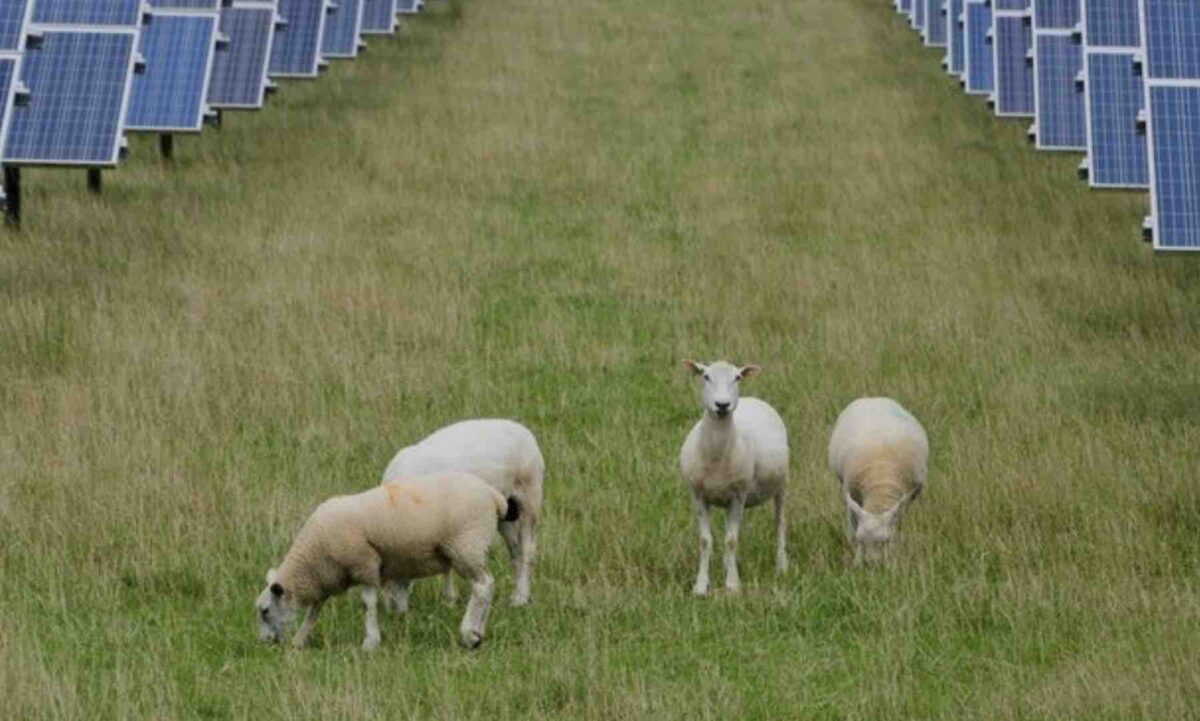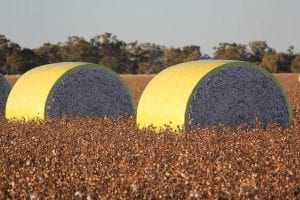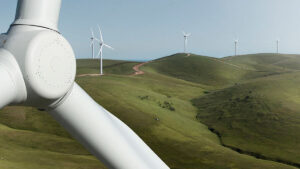A project that is likely the biggest combined agri-solar and battery storage project in Australia – the Blind Creek solar farm near Bungendore – has received planning approval from the NSW state government.
Blind Creek is a joint venture of Octopus Australia and the Clean Energy Finance Corporation, and will combine up to 350MW of solar PV and up to 300MW and two hours (600MWh) of battery storage.
It is located on pastoral land around 8kms north of Bungendore, and not far from the Capital and Woodlawn wind farms.
Its founders – local farmers – intend to create a landmark project that also combines “organic grass-fed lambs, regenerative agriculture, a soil carbon sequestration project and restoration of biodiversity.”
The project will connect into a strong part of the existing high voltage network – it already has a 330kV line running through the property – and its developers expect to use the combination of solar and storage to write “innovative” power purchase agreements “shaped to the usage” of major energy users.
Development consent has been obtained from the NSW Department of Planning and Environment, the third major planning approval announced in a week, and since renewable energy developers expressed concerns at the lack of approvals from the state government in recent years.
It also comes just a few days after NSW Farmers – a lobby group – called for a ban on new solar farm approvals on agricultural land, and as former National Party leader Barnaby Joyce called on farmers to protest against the “onslaught” of solar, wind and transmission projects.
The Blind Creek project, however, illustrates just why many farmers are strong supporters of renewable project, particularly if they can be integrated into the farmland activities.
Dominic Osborne, the founder of the project and the farmer, says on the project’s website that it is part of a broader program to increase the resilience of his family’s property.
“We have shifted our approach to help with the move towards a more sustainable future,” he says. “This includes rehabilitating environments, rebuilding the soil and sequestering carbon while improving our land for animal production.
“As part of this refocus, it makes sense to use degraded country to become renewable energy farmers.
The solar farm will co-exist with lamb production, regenerative agriculture, a soil carbon project, a green-waste humus compost facility and restoration works to improve the biodiversity and water-holding capacity of the catchment.”
Niall Brady, the head of solar and battery storage and renewables at the CEFC, said Blind Creek would demonstrates the many benefits of co-locating renewable energy with regenerative agriculture and the importance of working together with local communities.
“We believe hybrid solar, storage and agriculture projects are the best way to optimise firmed generation and land usage,” added Sonia Teitel, the co-head of investment and development at Octopus Australia.
Over the lifetime of the project, the local community will share in up to $3.5 million in financial benefits. The project won the Clean Energy Council’s community engagement award in 2022.
Technical expertise for the project has been provided by Stride Renewables, Axcentium, Norton Rose Fulbright and NGH.
“Stride is proud to have helped an important project reach this milestone. It sets a new bar in community consultation, and in the harmonisation of agriculture and solar energy,” Stride’s Luke Osborne said in a statement.
Octopus Australia has already built up a portfolio of renewable and storage projects including the newly connected 180W Dulacca Wind Farm in Queensland, the Darlington Point solar farm, and the Fulham solar and storage project in Victoria which it is also developing in tandem with the CEFC.
See also Big Battery Storage Map of Australia










